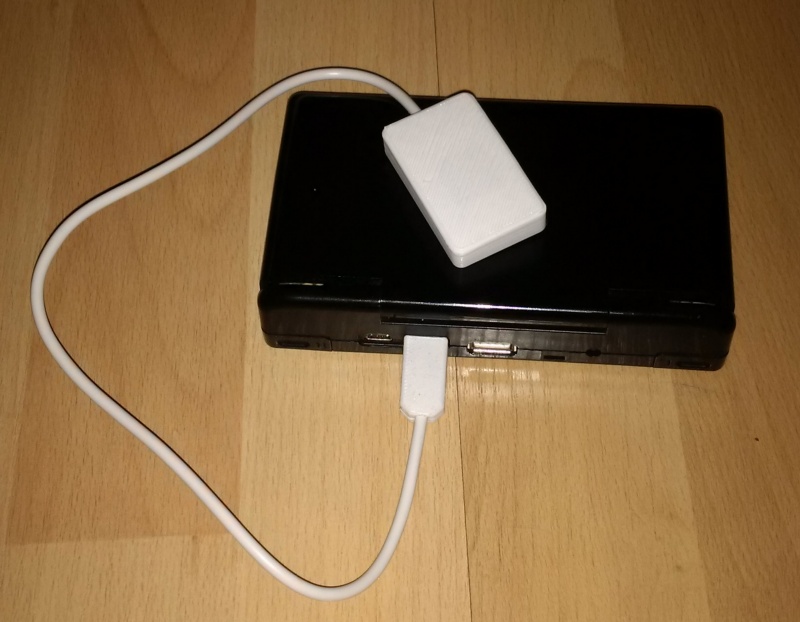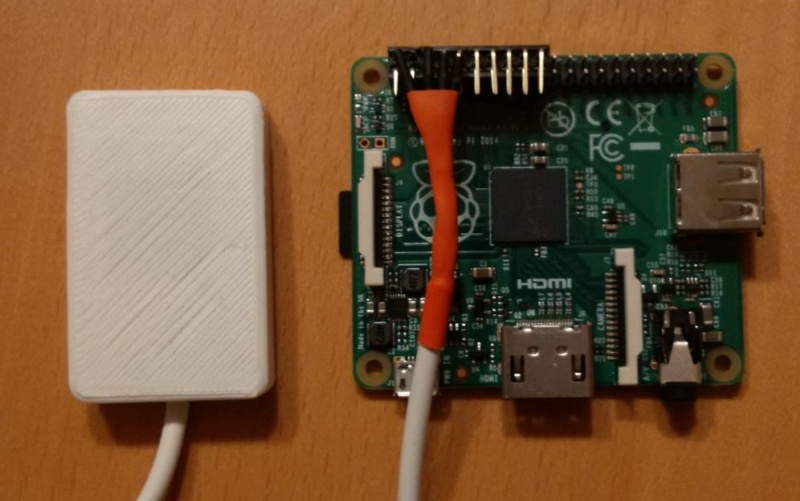SatNav
|
|
The application SatNav is now at version 2.00 and supports use with or without a monitor. It also supports power switching hardware in conjunction with an adafruit powerboost board (using a purpose-built circuit, described on icon bar). NMEA syntax checking and logging have been improved. |
|
|
Just to say that part way down the “C is not a low level language (any more)” there is the following interesting announcement from John Sandgrounder which is a bit lost down there:
|
|
|
Thanks Matthew. I have been wondering where that post went. It certainly wasn’t supposed to be there! It was meant to be in “What are you doing with RiscOS”, which is where I re-posted it. I would just point out that the program is basically GPS asset tracking not Satellite Navigation. It will not tell you where your Raspberry Pi is located. But it will tell you where your car is….. or your bike, or dog, or in my case boat. The following link will tell you where the program thinks 21 sailing dinghies are (live today, updated every 30 seconds) Of course, today the boats are not really there. But I do have 21 GPS Tracker simulators running on another Ras Pi. It will not work on a browser which does not support the HTML5 ‘canvas’ tag. e.g. NetSurf) |
|
|
The application SatNav is now at version 2.10 and supports full battery management using an ADC to measure battery voltage, current consumption and whether being charged (if so, it just shows current consumption rather than battery life). It also supports power switching hardware in conjunction with an adafruit powerboost board (using a purpose-built circuit, described on icon bar) so that power can be removed in a controlled way (first updating the log and CMOS shut down time) if the battery voltage drops to 3.4V. It thus gives a OLED display like this: checking the supply voltage (Vs) as well (Vs is between 3.2 and 4.2V if being run from the battery and between 4.5V and 5.1V if being run from an external supply) to see whether it is being charged. The 74HC00 and the ADC board can happily run at any voltage in this range. The circuit overlay to do this is: |
|
|
Have made a “GPS Mouse” with the Adafruid GPS breakout and have any first infos uploaded. So an external antenna not needed. The breakout is the external antenna.
The side is “under construction”. What I made is for the Pandora, but is comparable usable for a Pi.
The first Infos you find here. |
|
|
Have play around with my Pandora solution in car. |
|
|
Have uploaded the stl-files for 3D printing. Feel free to download. |
|
|
But will the GPS modules work after April 6th? ;-) https://ics-cert.us-cert.gov/sites/default/files/documents/Memorandum_on_GPS_2019.pdf |
|
|
It looks like this is going to happen at 1am (midnight UTC) on 6th April Sounds like the Millenium Bug. But every 20 years, rather than every millenium. What date will all my GPS Trackers send me? |
|
|
SatNav has been updated to version 2.21 which corrects a few minor bugs when downloading a log file to a USB flash drive. It now supports the following modules: |
|
|
The unit is described here. |
|
|
SatNav has been updated to version 2.30 which corrects a few more bugs and now reflects the finalised messaging protocol which can now be seen on the RiscOSM web site. |
|
|
Geodata message protocol documentation available from our web site. |



